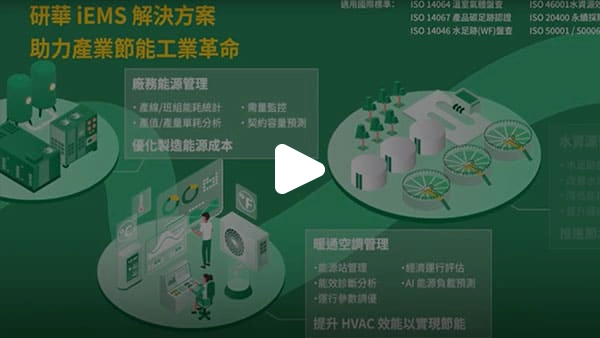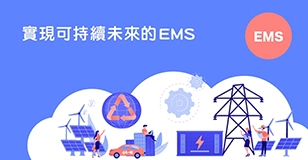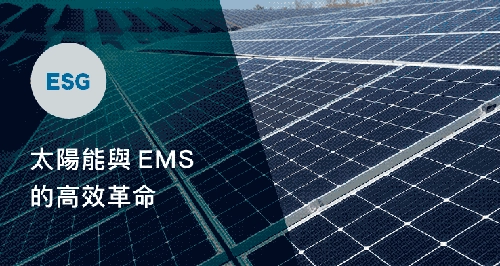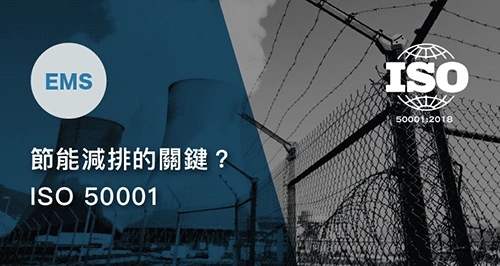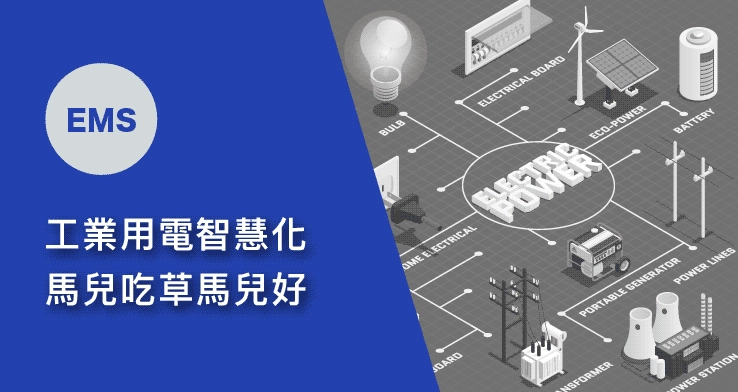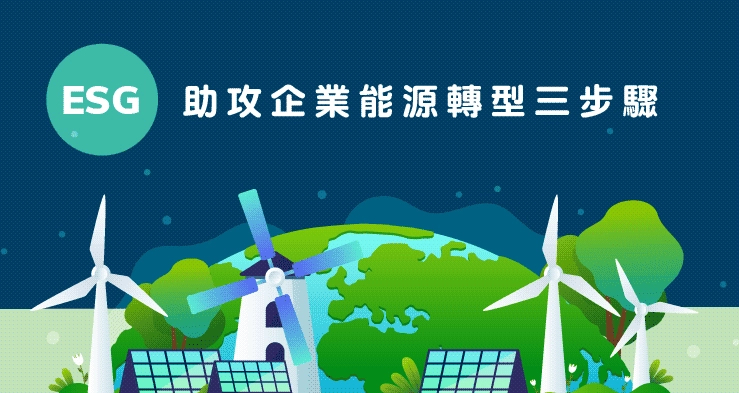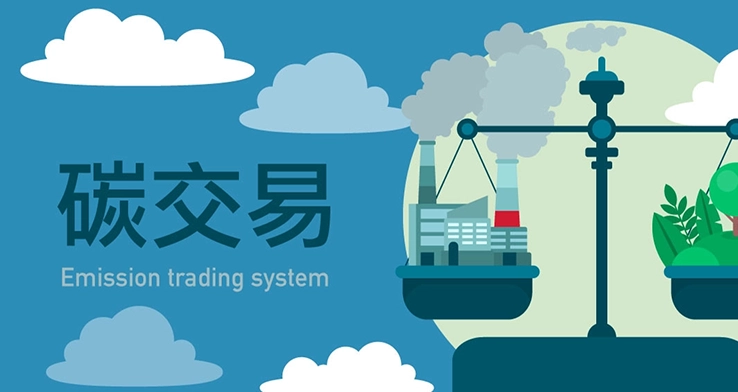Smart Energy Management Solution
Solutions | Smart Energy Management SolutionHelping businesses identify energy-wasting equipment to develop energy-saving and carbon reduction strategies or implement energy-efficient solutions, reducing carbon emissions and achieving sustainable environmental goals.
Reasons for Implementation
The Importance of Energy Management
Economic Benefits, Energy Supply, Environmental Protection

Execution Benefits
Quickly Identify Factors Slowing Down Production Efficiency
Economic Benefits:
Effective energy management reduces energy costs for businesses and individuals.
For example, a manufacturing company implementing energy-saving measures such as high-efficiency lighting systems
and optimized equipment operation can lower monthly energy expenses while improving production efficiency and profitability.
Environmental Protection:
Energy production and consumption have a significant impact on the environment.
Effective energy management helps reduce carbon emissions and environmental harm.
For instance, a construction company adopting renewable energy sources such as solar panels and geothermal energy
reduces reliance on fossil fuels and lowers greenhouse gas emissions.
Energy Supply:
Energy resources are limited, and supply-demand imbalances can lead to energy crises and economic instability.
Effective energy management mitigates supply risks.
For example, a country implementing an energy diversification strategy—developing solar, wind, and nuclear energy—reduces reliance on imported energy.
Implementation Challenges
Difficulties in Data Collection and System Integration for Monitoring?
Obtaining accurate and real-time energy usage data is a challenge. Factories need to deploy appropriate monitoring systems to collect various energy usage indicators, including electricity, gas, and water. For large facilities, multiple monitoring points are required to ensure data accuracy and reliability.
How to Implement
"One-Stop" Software and Hardware Deployment Plan
The Smart Energy Management System provides a comprehensive software and hardware deployment plan, offering a "one-stop" management service. This includes measurement, monitoring, benchmarking, analysis, and evaluation, solving the most challenging initial engineering issues.

Implementation Challenges
Large and Complex Data Making Analysis Difficult?
Energy data is vast and complex, requiring appropriate analytical methods to extract valuable insights. Professional data analysis tools and techniques are needed to identify energy usage patterns, trends, and potential energy-saving opportunities. Additionally, data must be processed and visualized for clear interpretation.
How to Implement
Digital Technology and Experience-Based Visualization Analysis
The Smart Energy Management System integrates AI, cloud computing, IoT, and digital twin technologies to record and analyze energy consumption data, presenting visual trend charts.
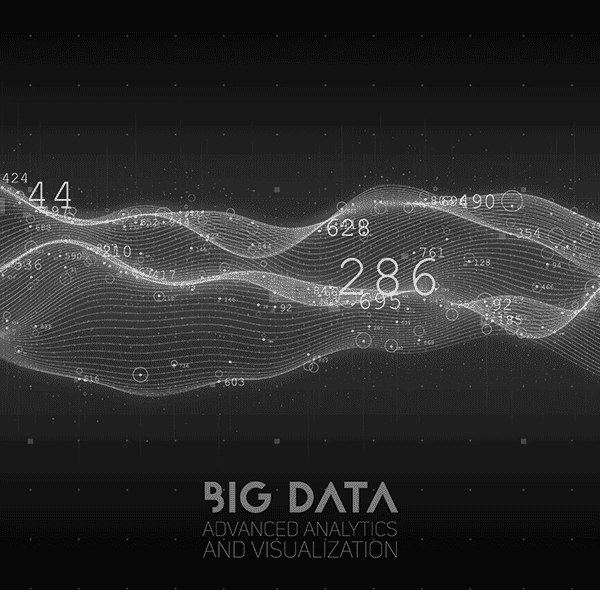
Implementation Challenges
Complex Workflows Making Execution Difficult?
Managing an energy monitoring system involves complex data processing and difficult operations, increasing workload during task transitions. This often results in poor coordination between departments, reducing willingness to implement energy management.
How to Implement
Easy Operation for Better Execution
The Smart Energy Management System records and analyzes energy usage data. The system features automated data collection and report generation, simplifying energy management execution.

Implementation Challenges
Difficulties in Implementing and Evaluating Energy Management Measures?
Implementing energy management in factories requires consideration of cross-departmental challenges. Energy management measures must align with production schedules to balance productivity and energy efficiency. A structured evaluation system is essential to effectively implement energy-saving strategies.
How to Implement
AI-Based Predictive Trends for Faster Decision-Making
The Smart Energy Management System provides both short-term and long-term energy consumption forecasts, along with optimized operational parameter recommendations, helping users evaluate scenarios and accelerate decision-making.

Implementation Challenges
Technical and Budget Constraints Affecting Future Expansion?
Energy management is a long-term process that requires appropriate mechanisms and workflows tailored to factory needs. Technical limitations may restrict implementation in certain areas, or budget constraints may prevent full-scale deployment. Future expansion remains a challenge for both hardware and software systems.
How to Implement
Phased Implementation Based on Factory Needs
The Smart Energy Management System features a digital, precision-based evaluation framework, reducing management gaps and avoiding unnecessary deployment costs. Both hardware and software components can be expanded in phases, supporting comprehensive operational management.

How to Implement
ECOWATCH Smart Energy Management Solution
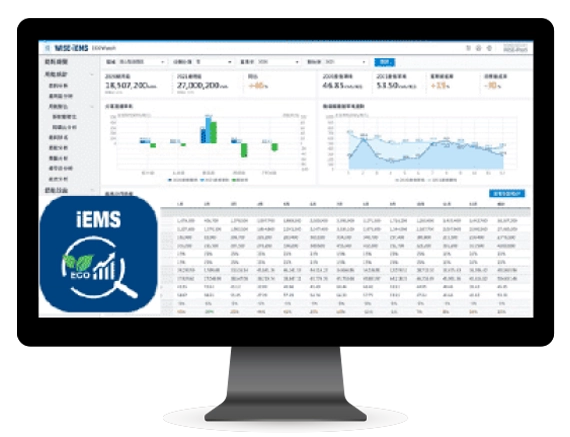
1. Closed-Loop Management:
Ensures that each stage of the energy management process—measurement, monitoring, benchmarking, analysis, and evaluation—is fully transparent and visualized.
2. Multi-Dimensional Energy Efficiency Analysis:
Enables precise control by providing energy consumption trend analysis and cost insights,
helping managers achieve comprehensive operational management.
3. Energy Performance Assessment:
A digitalized and refined energy assessment framework to minimize management gaps,
prevent energy waste, and reduce unnecessary infrastructure costs.
4. Energy Alerts and Warnings:
Utilizes statistical and analytical methods to provide diversified abnormality alerts,
offering timely notifications and precise issue localization.
5. High-Efficiency Operations and Maintenance:
Automates energy data collection and report generation, significantly reducing manual labor costs.
Service Architecture
ECOWATCH Smart Energy Management Solution
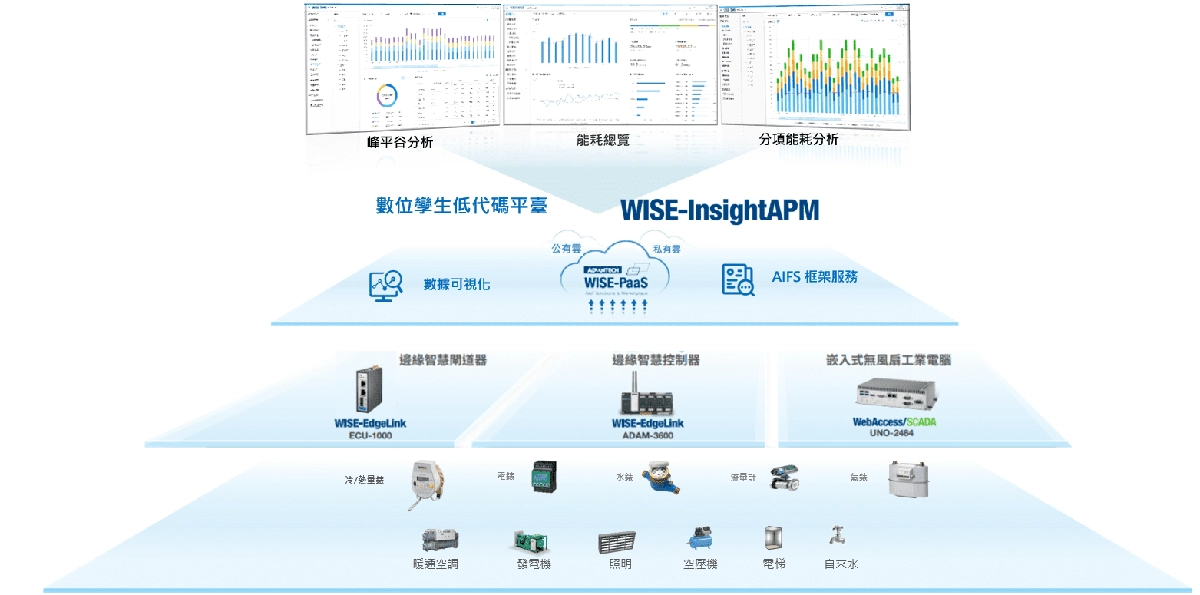
Service Architecture
Products in the Suite




iEMS/ HVAC integrates AI, cloud computing, IoT, and digital twin technologies with industry expertise to
provide a "one-stop" energy efficiency management solution. Through lean control, it ensures end-to-end management,
from equipment monitoring and anomaly detection to energy efficiency diagnostics and strategy optimization.
iEMS/ Compressor is based on InsightAPM, an asset performance management system tailored for factory air compressor
energy efficiency. It enables real-time monitoring, precise analysis of air generation and usage, and quick identification
of energy waste. Using AI-driven control, it maintains stable air pressure, optimizes supply-demand balance, and reduces
operational costs related to energy consumption, labor, and equipment maintenance.
iEMS/ ECOEnterprise offers five key analytical reports that help businesses understand their current status,
identify the correlation between energy consumption and carbon emissions, and address gaps in carbon reduction.
It enables companies to develop renewable energy strategies aligned with RE100 standards, manage investment costs,
and track progress using short-, mid-, and long-term reporting tools to ensure sustainability targets are met.
iEMS/ Power provides real-time monitoring for both power supply and consumption, covering aspects such as energy
generation, storage, and charging management.
Case Study
Shanghai Lingang Industrial Park Integrated Energy Management
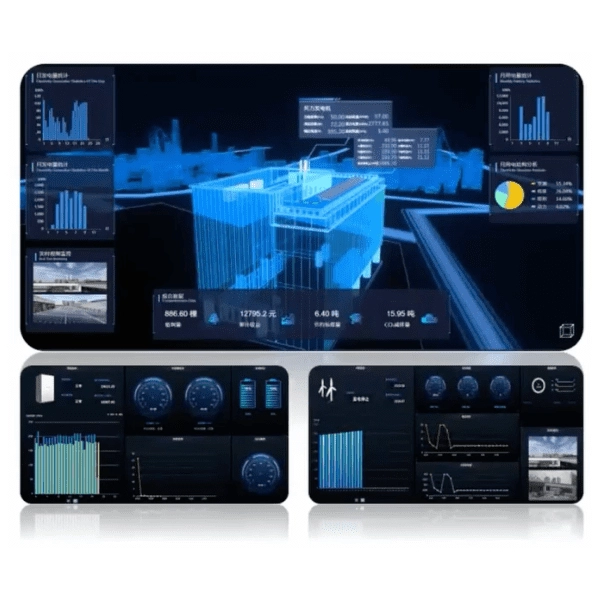
1. Monitoring and calculation of carbon emissions within the park
2. Integration of photovoltaic, wind power, energy storage, and supercapacitor systems with park-wide electricity management, enabling controlled energy savings
3. Centralized supervision of distributed equipment
4. Reducing over-reliance on manual operations for daily management
Energy Consumption Reduction: Annual electricity savings of approximately 36,000 kWh per building
Social Contribution: CO2 emissions reduced by 33.6 tons per year per building
Service Improvement: Complaint rates reduced by 40%
Support
Other ESG-Related Topics


